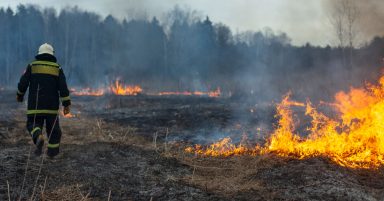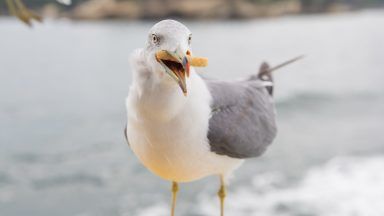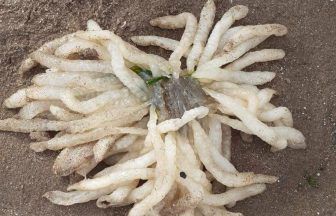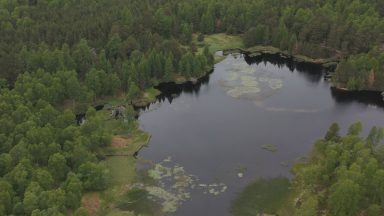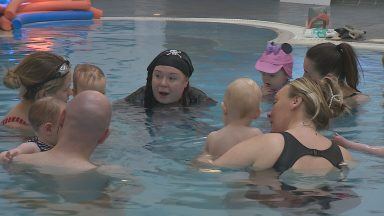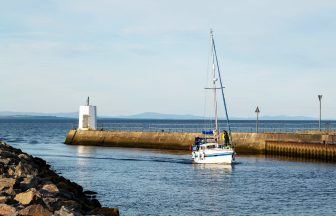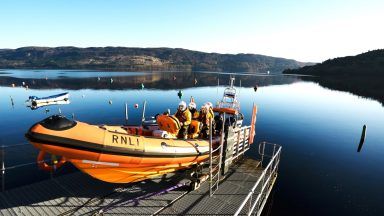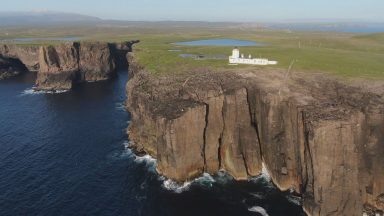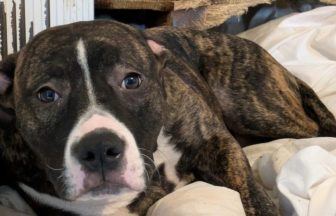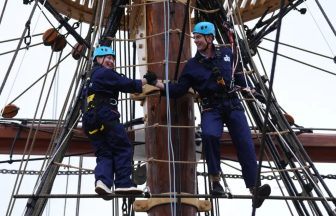An annual count of Scotland’s vole population is under way as part of a project to protect the country’s endangered bird species.
Forestry and Land Scotland (FLS) will cover 60,000 hectares of the Cairngorms National Park during the survey due to the rodents’ status as the main source of food for predators including foxes and pine martens.
An abundance of the creatures could stop predators attacking rarer species including the capercaillie.
FLS partners with Cairngorms Connect Predator Project to carry out the survey every spring and autumn aiming to restore habitats, species and ecological processes.
The survey focuses on the number of short-tailed field voles, bank voles and wood mice present in the Cairngorm forests.
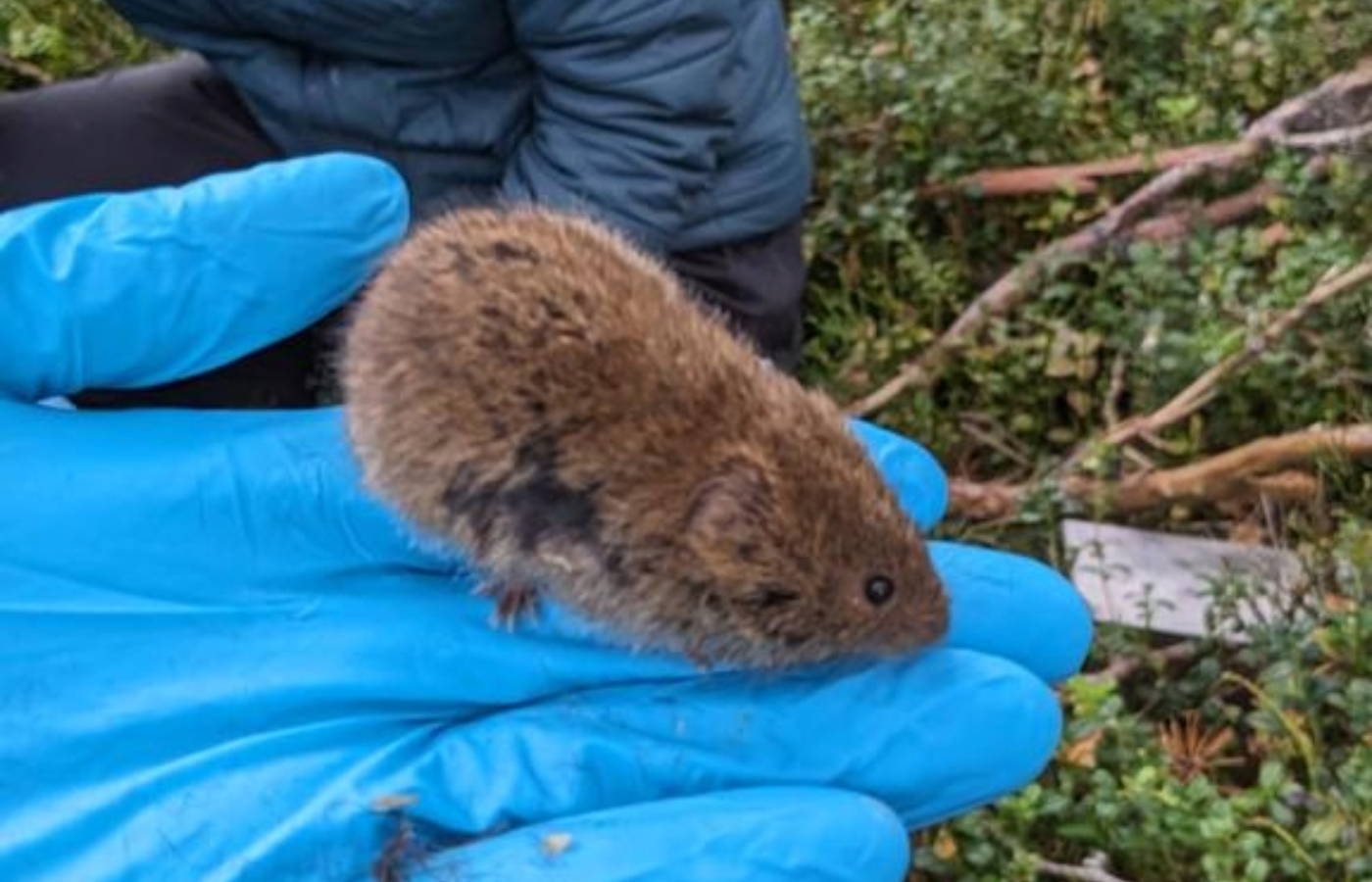 Forestry and Land Scotland
Forestry and Land ScotlandKenny Kortland, wildlife ecologist for FLS and lead on the Cairngorms Connect Predator Project, said: “We’re particularly interested in the abundance of field voles, which could be described as the most important species in the Cairngorms ecosystem.
“They have a huge influence on the system, as they are the main food of carnivores such as pine martens and foxes, which are the main predators of rare species like capercaillie.
“We survey voles in spring and autumn because we want to know how abundant they are during the breeding season of other species, such as capercaillie.
“Field vole populations go up and down in a regular cycle, over the course of a few years. When vole numbers are low, the predators will switch to other food sources,” he said.
Mr Kortland added that recent work in the area showed that that pine martens will switch to shrews and small birds, while foxes will switch to deer carrion and, believe it or not, dog poo.
“Both foxes and pine martens will also eat small numbers of protected species, such as capercaillie, and by understanding the vole cycle, as well as the ecology of the predators, we can manage and protect the rare species more effectively.
“When vole numbers are high, we probably don’t need to do much, but when vole numbers are low, we may have to act to reduce capercaillie predation.
“For example, by providing extra food to divert predators away from capercaillie.”
PhD student, Jack Bamber, will spend three weeks in the Cairngorms counting voles and mice for the survey with FLS.
The animals being surveyed are incredibly small and rarely leave obvious signs of their presence, so the student will be looking for their droppings.
“We set very cosy traps that are filled with carrots and oats. Some of the voles get a bit trap happy and keep coming back, because they know there’s good food in there, so we have to account for that in our results,” he added.
The FLS team will share the survey results with the Cairngorms Connect project team later this year.
Follow STV News on WhatsApp
Scan the QR code on your mobile device for all the latest news from around the country


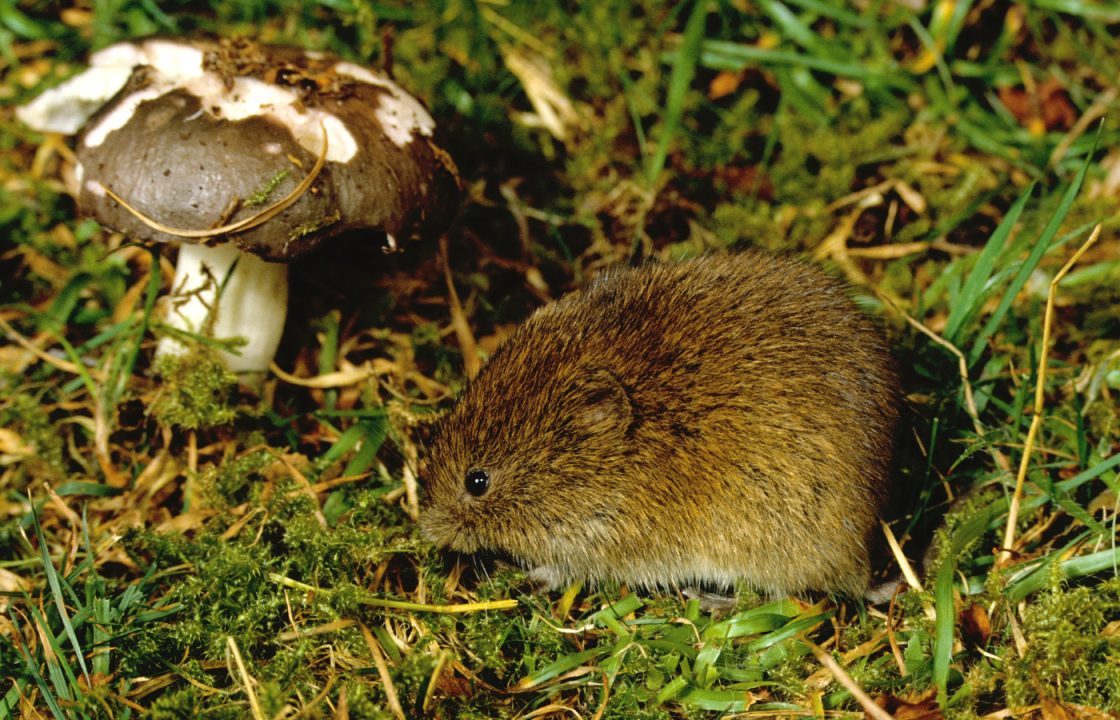 Forestry and Land Scotland
Forestry and Land Scotland

